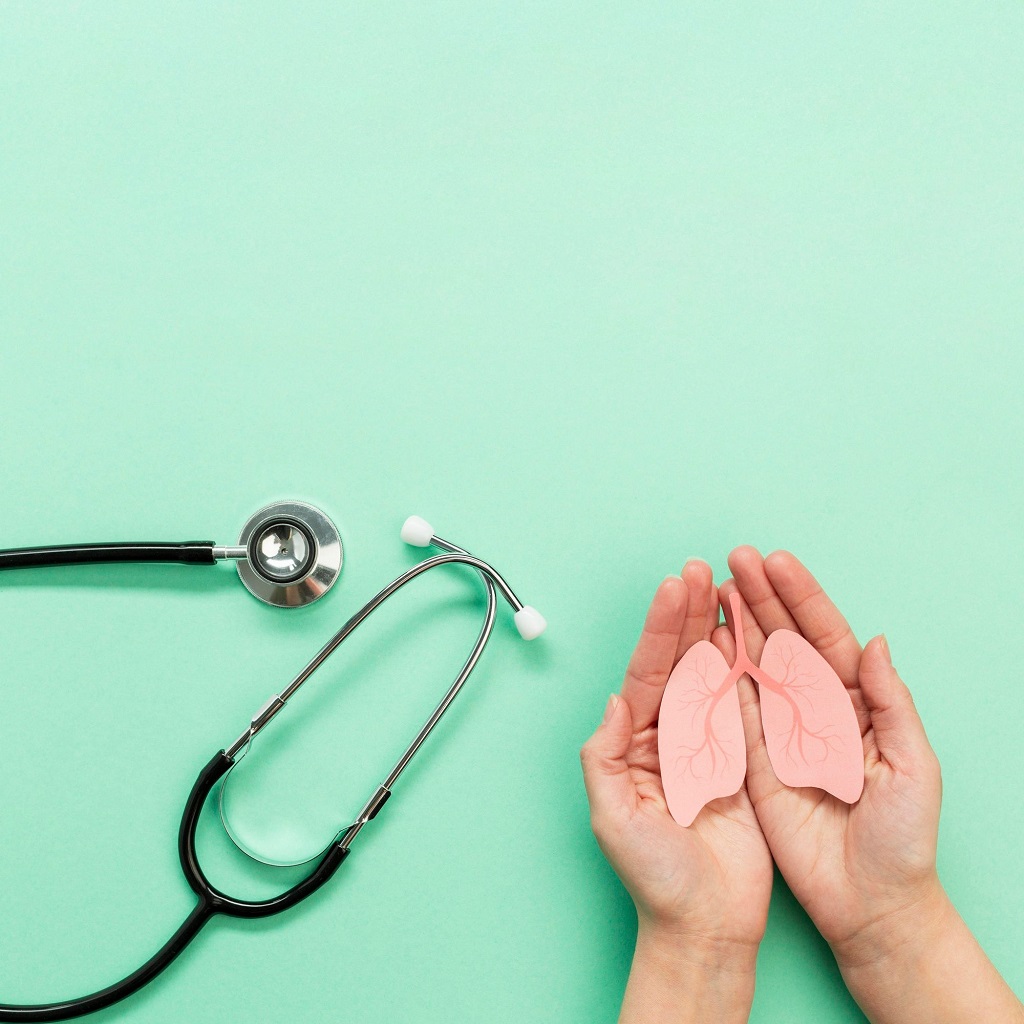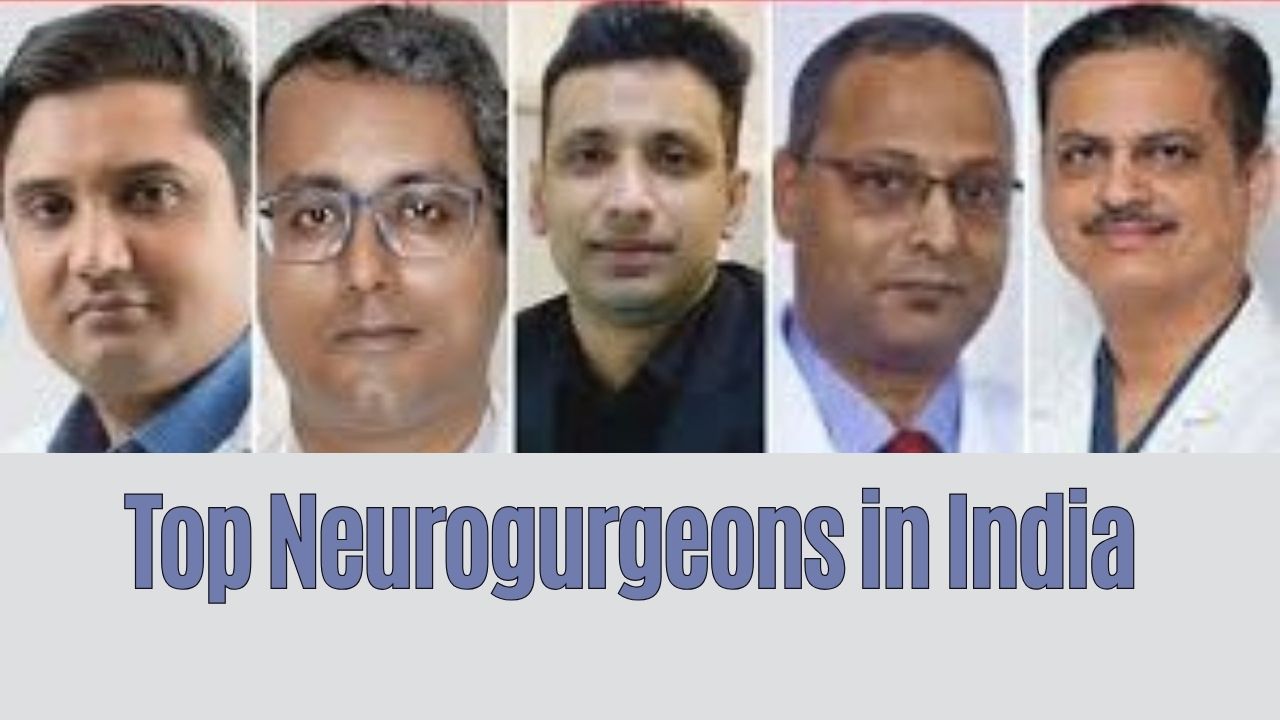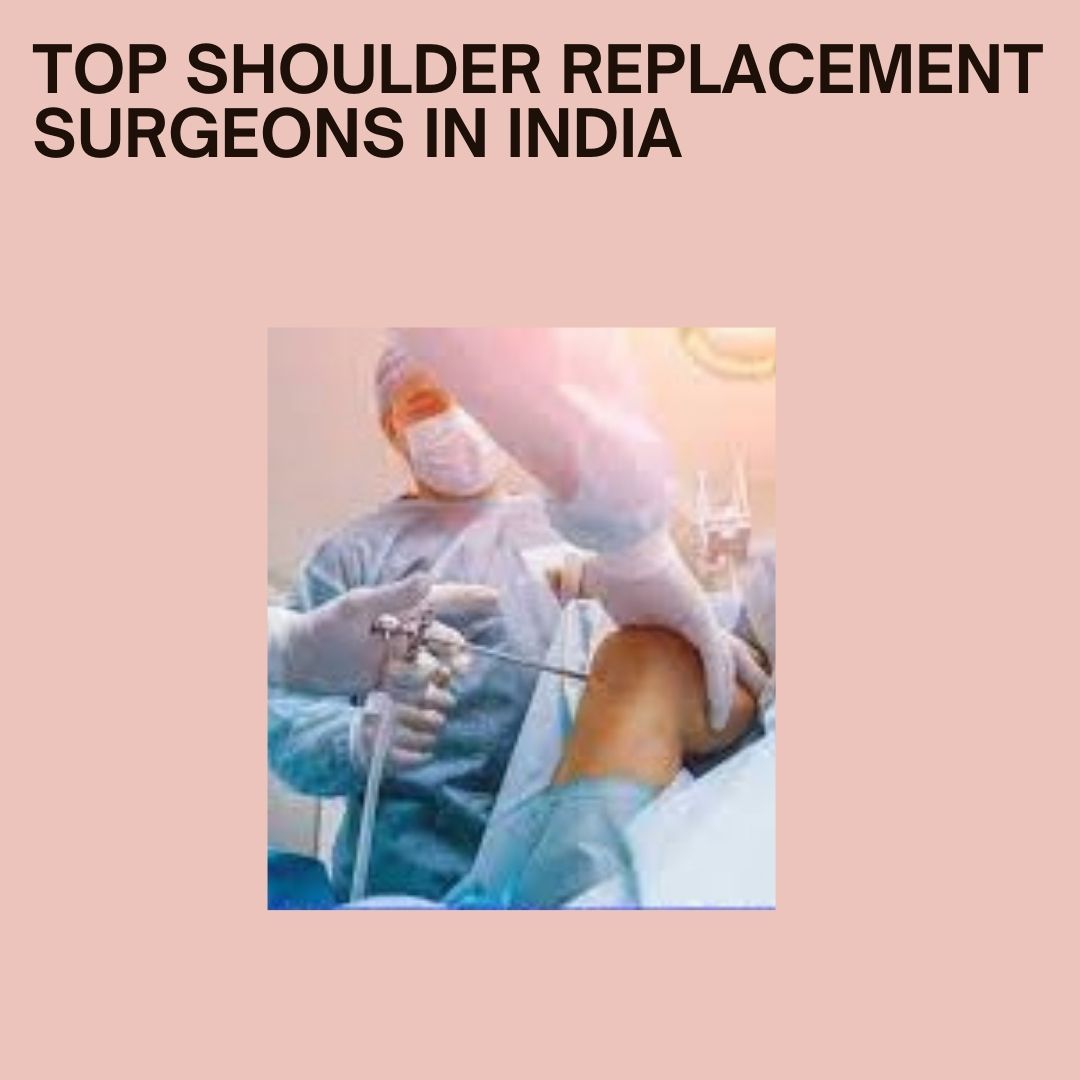
The breast anatomy of males and females is different. Female breasts have milk ducts and glandular tissue for breastfeeding. Male and female breast nipples have many nerves. All genders can get breast cancer. Women are more susceptible to benign (noncancerous) breast disease. Breasts are part of a glandular organ of female and male sexual anatomy. For females, breasts are functional for breastfeeding but male breasts don’t have any function. The visible parts of breast anatomy are nipples and areolae.
Breasts are made up of several kinds of tissues from female breasts. Those muscles that connect breasts to ribs, but they aren’t any part of breast anatomy. There are different types of breast tissue including:
- Glandular- They are also called lobules, this tissue produces milk.
- Fatty- This tissue indicates breast size
- Connective or fibrous- It holds glandular and fatty breast tissue in place.
There are different types of female breast anatomy including:
- Lobes- Each breast has 15-20 lobes. These lobes surround the nipple.
- Glandular tissue- These small sections of tissue are found inside lobes. They have tiny bulblike glands at the end that produce milk.
- Mammary ducts- These small tubes, or ducts, carry milk from glandular tissue to nipples.
- Nipples- This nipple is located in the center of the areola. Each nipple has nine milk ducts and nerves.
- Areolae- The areola is the circular dark-colored area of skin around the nipple. Areolae have Montgomery’s glands that secrete a lubricating oil. This oil protects the nipple and skin from rubbing during breastfeeding.
- Blood vessels- They circulate blood throughout the breasts, chest, and body.
- Lymph vessels- It is a part of the lymphatic system. It transports lymph, a fluid that helps our body’s immune system fight against infection. Lymph vessels connect to lymph nodes, or glands, which are found under the armpits, in the chest, and other places.
Function of breast
The primary function of the female breast is to produce milk for breastfeeding. Female hormones namely estrogen, progesterone, and prolactin play an important role in breast development and function.
- During pregnancy, Estrogen stretches mammary ducts and helps them create side branches to carry more milk.
- Prolactin promotes the production of progesterone and it prepares glands for milk production.
- Progesterone hormone increases the number and size of lobules for the preparation of breastfeeding. This hormone also enlarges blood vessels and breast cells after ovulation.
Internal features of breast
The lobules and ducts are supported by surrounding fatty tissue and the suspensory ligaments of the breast. There are no muscles in the breast. However, the breast tissue is situated on the top of the muscles of the chest wall. The characteristic of the breast comes from the elasticity of the form of connective tissue fibers in the breast. The lymphatic vessels are thin similar to blood vessels. They do not carry blood but collect and carry tissue fluid which re-enters the bloodstream. Breast tissue fluid evacuates through the lymphatics into the lymph nodes. It is located in the underarm called the axilla and behind the breast bone called the sternum.
About Male Breast
Males have breasts too. During puberty, the male hormone testosterone genera stop breasts from developing like a female’s. Males have nipples and areola on the outside But internally, they have undeveloped milk ducts and no glandular tissue. Some problems include gynecomastia, a benign condition that causes the breast to enlarge, and a very rare type of breast cancer.
Breast Cancer
Breast cancer is when a cell grows abnormally out of control condition. These cells may spread beyond the breasts. When that happens, it is called cancer known as metastatic. Breast cancer generally begins either with a gland called lobular carcinoma that makes milk or a duct that carries it to the nipple called ductal carcinoma. It enlarges the breast and spreads around the lymph nodes or through the bloodstream to other organs. The cancer may grow and invade tissue around the breasts such as the skin or chest wall.
Symptoms of breast cancer
- A thickened area near the breast or underarm that lasts through the period.
- A change in the breast’s shape, size, or curve.
- Nipple discharge that can be bloody.
- Some changes in the skin of your breast or your nipple. It could be dimpled or inflamed.
- Red skin on the breast or nipple
- There will be some changes in the shape or position of the nipple.
- A hard, marble-sized spot under the skin.
Some best doctors for breast cancer in India such as:
- Dr. Sachin Ambedkar in Delhi
- Dr. Vineeta Goel, Delhi
- Dr. Harit Chaturvedi. New Delhi
- Dr. Geeta Kadayaprath, Delhi
- Dr. Sandeep Batra, Delhi
- Dr. Pramod Kumar Julka, Delhi
- Dr. Vinay Sabharwal, Delhi
- Dr. Vineet Malhotra, Delhi
- Dr. Anita Malik, Delhi
- Dr. Vikas Goswami, Delhi
Types of breast cancers
- Ductal carcinoma in situ – It is a non-invasive cancer where abnormal cells have been found in the lining of the milk duct. The cells do not spread outside the ducts into the surrounding breast tissue. Ductal carcinoma in situ is a highly treatable and very early-stage cancer, but if it’s left untreated, it may spread into the surrounding breast tissue.
- Invasive Ductal Carcinoma (IDC) is an invasive cancer where abnormal cancer cells form in the milk ducts, it spreads beyond the ducts into other parts of the breast tissue. Invasive cancer cells can also spread out every part of the body. It is also called infiltrative ductal carcinoma. It is the most common type of breast cancer, 70- 80% of all breast cancer diagnoses.
It is the most common type of cancer which affects men too.
Lobular Carcinoma In Situ (LCIS)– It is not a breast cancer, where abnormal cells are found in the lobules of the breast. The cells do not spread outside of the lobules into the surrounding breast tissue. It is highly treatable and becomes an invasive cancer. So, having this type of cancer in one breast increases the risk of developing breast cancer.
Invasive lobular breast cancer (ILC)- It is an invasive breast cancer that occurs in the lobules of the breast and spreads to surrounding normal tissue. It can also spread out through the blood and lymph systems in every part of the body. It is the second most common type of breast cancer. More than 10% of invasive breast cancers are invasive lobular carcinomas. Mammograms detect invasive lobular breast cancer. Invasive lobular cancer doesn’t always indicate clearly on a mammogram, instead, an MRI might be needed.
Inflammatory breast cancer- It is an aggressive and fast-growing breast cancer. These cancer cells infiltrate the skin and lymph vessels of the breast. It produces no tumor or lump and can be isolated within the breast. But when the lymph vessels become blocked by the breast cancer cells, the actual symptoms begin to appear.
Metastatic breast cancer- It is classified as stage 4 breast cancer The cancer has spread to other parts of the body. This includes the lungs, liver, bones, or brain.
- These cancer cells invade nearby healthy cells, it can replicate more abnormal cells when those healthy cells are taken over.
- Cancerous cells penetrate the circulatory system, when these cells travel through the walls of nearby lymph or blood vessels.
- Cancer cells are carried by the lymph system or the bloodstream to other parts of the body.
- Cancer cells stop moving because they are lodged in capillaries at a distant location and they divide and migrate into the surrounding tissue.
- Cancer cells form tumors at the new location in the body known as micrometastases.
- Medulla Carcinoma- This tumor generally shows up on a mammogram but does not always feel like a lump, it feels like a spongy change of breast tissue.
- Metaplastic breast cancer- It is a very rare and aggressive form of breast cancer. It accounts for less than 1% of all breast cancer diagnoses. Metaplastic breast cancer resembles invasive ductal carcinoma on imaging scans, making a correct diagnosis difficult.
- Phyllodes tumors in the breast- They are usually noncancerous with only a small percentage found to be malignant (cancerous). In rare cases, the presence of malignant phyllodes tumors in the breast requires a mastectomy as part of treatment. It is essential to get very wide margins around the tumor to prevent it from coming back in the same place.
- Triple-negative breast cancer- A diagnosis of triple-negative breast cancer means that the three most common types of receptors. Hormones such as estrogen, progesterone, and the HER-neu gene are not present in the cancer tumor. Hormones such as estrogen, progesterone, and the HER-neu gene are not present in the cancer tumor. These cancer cells have tested negative for the hormone epidermal growth factor receptor 2, estrogen receptors (ER), and progesterone receptors (PR). Since the tumor cells lack the necessary receptors, common treatments like hormone therapy and drugs that target estrogen, progesterone, and HER-2 are ineffective. Chemotherapy treats triple-negative breast cancer and it is still an effective option. This cancer may respond even better to chemotherapy in the earlier stages than many other forms of cancer.
Diagnosis
- Dense Breast– Mammograms are the X-rays of the breast that detects tumor in the breasts at a very early stage. Dense breasts have glandular and fibrous tissue and less fatty tissue. During a mammogram, breasts are compressed between two firm surfaces to spread out the breast tissue. Then an X-ray captures black and white images of the breasts that are displayed on a computer screen and examined by a doctor who looks for signs of cancer. Women between the ages of 40 and 74 have dense breasts. Women have very dense breasts and have a slightly higher risk of breast cancer. A 3D mammogram is a breast imaging procedure that also uses X-rays to produce images of breast tissue to detect abnormalities.
- Breast exam- The doctor will check both of the breasts and lymph nodes in the armpit and check for any lumps or other abnormalities.
- Breast ultrasound- Ultrasound uses sound waves to produce images of structures deep within the body. Ultrasound may be used to determine whether a new breast lump is a fluid-filled cyst.
- Biopsy- A biopsy is the only appropriate way to make a diagnosis of breast cancer. During a biopsy, the doctor uses a specialized needle device guided by X-ray to extract a core of tissue from the suspected area. A small metal marker is left at the site within the breast so the area can be easily identified on future imaging tests. Biopsy samples have been taken to the laboratory for analysis where experts determine whether these cells are cancerous or not. A biopsy sample is also analyzed to determine the type of cells involved in breast cancer, the aggressiveness of the cancer, and whether the cancer cells have hormone receptors that may influence the treatment options.
- MRI- An MRI machine uses a magnet and radio waves to create pictures of the interior of your breast. An MRI doesn’t use radiation to build the images.
Some best breast cancer hospitals in India such as:
- Apollo Hospital, Delhi
- Max Hospital Patparganj, New Delhi
- Max Super Specialty Hospital, Delhi
- Venkatesh Hospital, Delhi
- Indraprastha Apollo Hospital, Delhi
- BLK Super Specialty Hospital, New Delhi
- Max Superspeciality Hospital, Delhi
- Ayushman Hospital and Health Services, Delhi
- Medeor Hospital, Delhi
- Bhagwati Hospital, Delhi
Cost of breast cancer treatment
The average breast cancer surgery in India is between 80,000 to 10,000,000. The total cost of the surgery depends on the diagnosis and facilities decided by the patient.
The cost factors include:
- Diagnostic tests
- Cost of medicine or drugs used in therapy
- Consultation fee
- Cost of hospital stay
Doctors determine the breast cancer treatment option that is based on the type of breast cancer’s size, shape, stage, and grade and also notice whether it is malignant or benign. Most of the time doctors suggest surgery then after that they again add chemotherapy, hormone therapy, and radiation.
My Med Trip is a well-known healthcare and medical tourism company in India. We are offering complete medical tourism services in India for foreign patients. People come to India for medical treatment mostly from African countries- Kenya, Egypt, Nigeria, South Africa, Ethiopia, Rwanda, Uganda etc. We also provide free medical consulting online with appointment in the best hospitals with top doctors in India. Some of our main medical tourism services are kidney transplant cost in India, spine surgery, liver transplant cost in India, lung transplant, liver cancer treatment in India, BMT hospitals, best kidney transplant hospital in India, knee replacement, hip replacement surgery cost in India, orthopedic hospitals, shoulder replacement in India, skin cancer, brain tumor surgery cost in India, knee surgery, top heart hospital in India, cancer treatment, ovarian cancer treatment cost in India, eye treatment, bone marrow transplant in India, liver cancer, best cardiologist in India etc.







